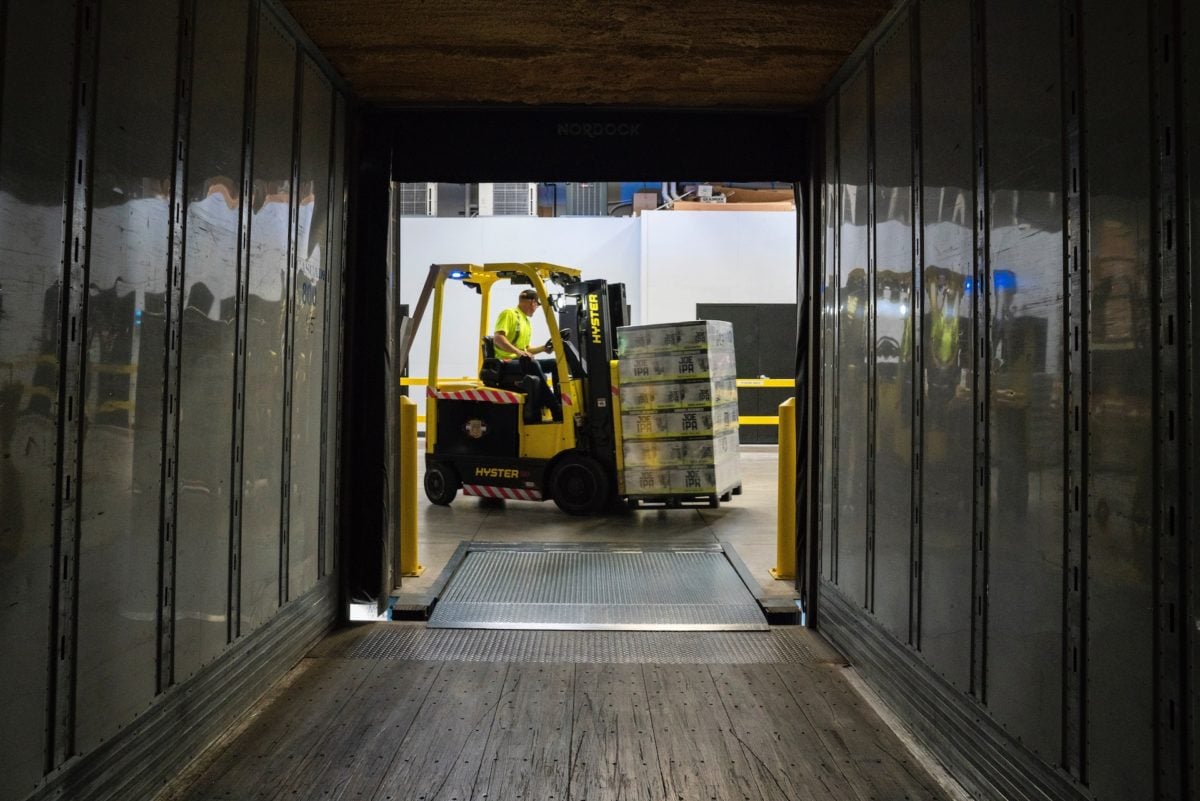After all, at the end of the day, distributors, dealers, sales staff, etc. are people too. Having built, refreshed, or advised on a variety of loyalty and affinity programmes over the years, we’ve dealt with big oil distributors, licensed medical practitioners, motorcycle enthusiasts, and even children. Despite the different industries and walks of life at play, we found several universal principles:
Successful loyalty programme design explores all channels
In very simplified terms, manufacturers sell to distributors, who rely on retailers or dealers to reach the end consumer / user. This creates a lifecycle with several points of opportunity.
By providing the correct incentives to the sellers, you can develop loyalty on the part of the buyers. It’s a continuous loop. We exercised this principle in building the L’Oreal Skinceuticals Rewards programme. Not only are the end consumers rewarded via a transactional, points-banking programme, we simultaneously incentivise the sellers – in this case, licensed dermatologists.
Use the rewards (or incentives) to motivate the target audience
Loyalty programmes, especially those that have been effectively designed, are so much more than punch cards. No matter which channel is activated and who the target is, the rewards strategy should never be underestimated. WIth an increasing blur between businesses and customers, it can be tempting to offer standard, off-the-shelf rewards and mechanics (we can all think of a loyalty programme that’s left us banking points with no interesting endgame in sight). Yes there are humans behind every programme account, but be it B2B or B2C the rewards can still be relevant and meaningful. For the small business owners targeted in our UPS Small Business Rewards programme, we offer education and training in addition to more traditional rewards. We’ve sourced e-vouchers in regions where even the biggest card providers refuse to operate because it was the correct incentive for the distributors in question. Take the additional time and resources need to put the correct rewards strategy in place at each step of the life-cycle.
Make engagement Native
Understanding how programme members go about their business, which technology devices they use, which social or business platforms they are hooked into etc is essential in creating a frictionless onboarding process and developing regular engagement. The lower the bar to access the more successful the programme will be, and ultimately the client’s bottom line.
Leave yourself room to grow
Recognising different channels as points of opportunity doesn’t mean you have to launch a multilayered loyalty programme from Day One. Every programme we design includes a phased approach that identifies what features and channels will be activated as key stages are reached. Each phase is clearly marked with measurable KPIs serving as milestones before progressing to the next phase. When we first launched the pilot phase of Hasbro’s Nerf Perks, we exceeded the first year’s targets within six months, which provided a platform on which to expand the programme scope and reach (by nearly four times) the following year.
Of course there’s more to the actual building and successful maintenance of programme, but there’s much to learn from distancing ourselves from distinct categorisation of B2B and B2C in the loyalty industry. For any questions or assistance on exploring your businesses channels of opportunity, do not hesitate to get in touch with any of the Brandmovers experts.

